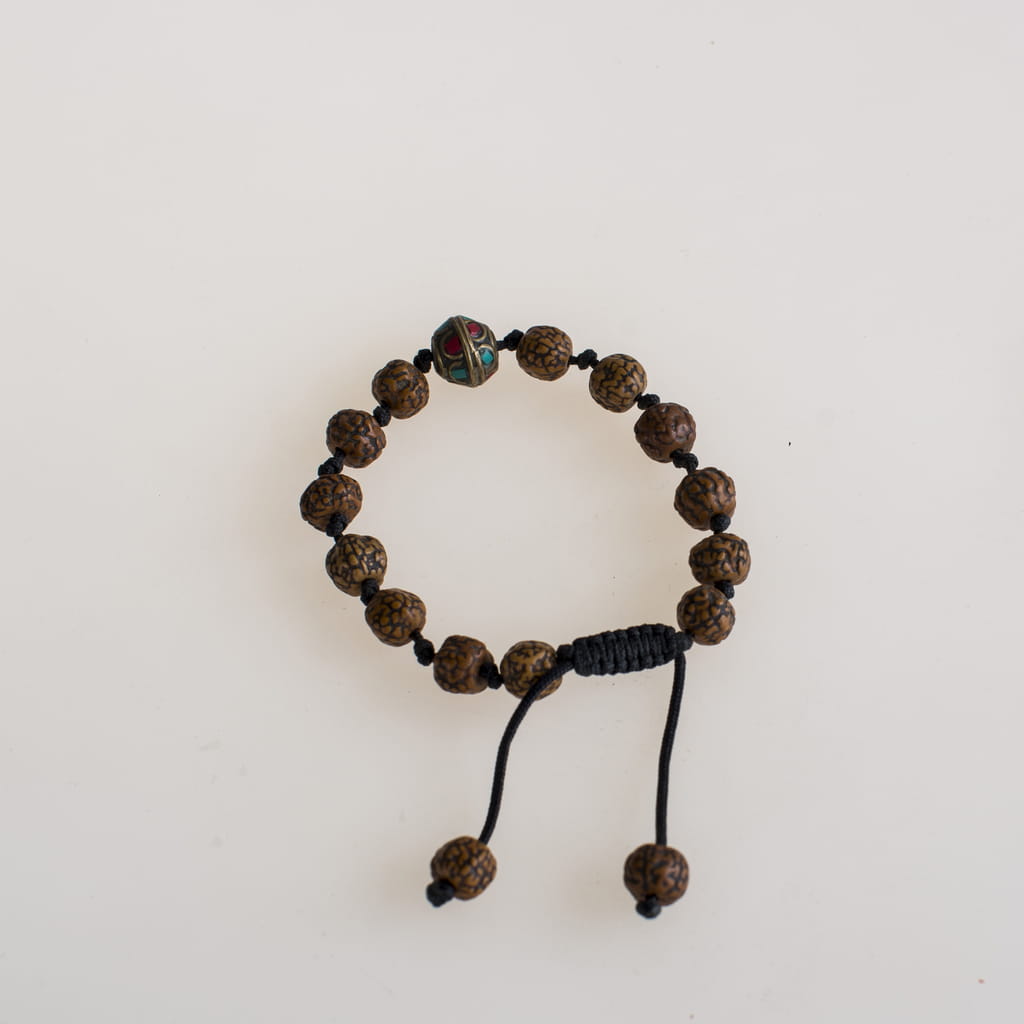Exploring Nepal’s Traditions, Culture, and Art
Nepal is a country of several indigenous and ethnic groups who each have distinct art styles, cultures, and religions.
They are a prominent aspect of Nepali society and culture, admired throughout the world. Nepal is not only admired for its scenic beauty, but also for its culture, virtue, hospitable people and traditions which the Nepalese carry out with full devoutness and sincerity.
There are some interesting and unique traditions adhered to in Nepal which are related to major life events such as Nwaran. Originating from Hindu beliefs, Nwaran is a child naming ceremony celebrated after the 8th day after birth for girls, and 9th day for boys. During this ceremony, according to the date and time of birth as well as the alignment of the stars, an astrologer will determine an auspicious starting letter for the child’s birth name along with the length of the name. This name would be used for rituals and puja (prayer) but is usually not the name by which the child is known.
Another interesting ceremony which involves young children is called Pasni. It is the first time when an infant is fed food other than their mother’s milk. In this ceremony the infant child is traditionally fed rice pudding, this signifies the growth of the infant into the next stage of life. Again, this is celebrated on different dates for sons and for daughters, 6 months after birth for boys and 5 months for girls, respectively.
Bratabandha is a ceremony that signifies the transition from boyhood to manhood. This is thought of to be a very important ritual because a man cannot marry until this ritual has been performed.
During the ceremony, the boy’s head is shaved completely, and various rituals are conducted by a priest. The actual rituals of this ceremony vary from community to community. Within the Hindu community, rituals during Bratabandha involve banishment of the boy which is said to symbolize Lord Ram’s exile, whereas, in Buddhist communities, the ritual involves the boy’s abandonment of all worldly pleasures and the transition into a monk, a symbolization of Buddha’s retreat from worldly pleasures.
Similarly, the Bahra ceremony, popularly known as Gufa rakhne or sun marriage is a ceremony for the girls and occurs around the time of the first menstruation cycle. Although there are many variants of this ceremony, traditionally the girl would be hidden away in a room where no sunlight can penetrate, she is also not allowed to see a male face for a length of 12 days. A voodoo doll that represents Bahra Khayak – Cave ghost, is also placed in one corner of the room, which the girl will regularly worship. After 12 days, she is given a bath to purify herself and she is adorned with a traditional wedding dress. An elaborate ritual then takes place and a priest weds the girl to the sun by showing her its reflection through a mirror to signify the end of Gufa and the beginning of womanhood.
Costumes and clothing worn throughout Nepal vary greatly according to the Nepali inhabitant’s geographical location, this is understandable due to the temperature range from the north to the south of the small country.
Although the traditional dress for Nepali men is Daura-Suruwal and cotton or silk sarees and blouse, known as Gunju Cholo for the women, the people of the mountain belt tend to wear thick, long, woolen clothing called Bhakku and Docha, the people of the hillside regions wear Kachhar, Bhoto, and a cap, and the people living in the hot terai regions wear Dhoti and a long shirt called Kurta. Fariya (sari) and Cholo (blouse) is popular among the terai females and will sometimes wear a Patuka and shawl alongside it.
Nepalese art is renowned for its simplicity, originality, and specialty. Its themes are mostly religious and particularly Hindu and Buddhist.
Nepalese styles have had a tremendous influence on the art found in China and Tibet, as both countries imported art and artists from Nepal to adorn their temples and monasteries. The most typical forms of art seen in Nepal are sculpture and paintings.
Thangka paintings, a Tibetan name given to the style, are one of the most ancient forms of paintings originating in Nepal. These paintings are known as Paubha in Newari. A good example of a thangka painting is the ‘Mandala of Vishnu’.
The early sculptures of Nepal were very simplistic, but those from the Lichchhavi period were strikingly beautiful and intricate. These sculptures are created from stone, copper, and bronze and depict round faces and slanted eyes. Windows, doors, roof-struts, and entire temples, as well as numerous other artifacts, were carved by hand and can still be seen in the Kathmandu Valley.
Curated Bracelets




